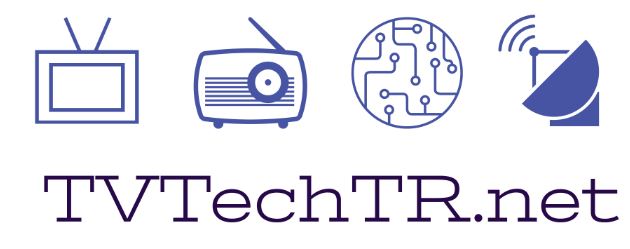Q1. Can you please tell us your 5G solution.
5G broadcast is a new media delivery framework defined by 3GPP standardization body. It defines two modes of communication:
1- Standalone broadcast where a dedicated broadcasting network such as a single frequency network (SFN) is used for downlink broadcast . This could be live distribution of mass media content such as digital TV, live sports and digital advertisement content for billboards. This would be more tailored towards traditional broadcasters.
2- Mixed mode broadcast where low power , low tower networks could be used in hybrid mode with media client switching between unicast and broadcast for more efficient delivery of identical content. This would be more tailored towards mobile operators as it would increase efficiency with existing capacity. Mixed mode multicast defines a broader base of 5G use cases such as delivery of SW/FW updates to devices, vehicle to vehicle communications, public safety & emergency messaging etc.
At QCOM we believe digital media delivery through 5G broadcast will become reality with below considerations
1- Release 16 of 3GPP defines 5G broadcast which can meet all key requirements for digital TV delivery
2- UHF band can be used for 5G broadcast delivery in Europe, China and other regions
3- Low deployment cost since standard is defined to reuse existing high power, high tower infrastructure
4 - Supports receive only (requires no SIM), downlink only use cases that can be tailored for traditional broadcasters
5- Broadcast and unicast apps can be deployed on top of 5G broadcast i.e. broadcast app with interactivity features using DVB-I, DASH/CMAF etc
5- 5G broadcast technology doesnt require a seperate demodulator as it would be with other broadcast standards and can be supported with minimum change (only firmware/software changes) on existing devices with 5G modem
Q2. As you know, there are no digital terrestrial broadcast networks in Turkey. Neither television nor radio. I want to hear your comment on this issue. Do you think that this situation will open a window of opportunity?
It depends. Someone needs to investigate if there are requirements not met with alternative delivery networks such as cable or satellite networks. That said we can put a contrast against traditional terrestrial network. Compared to terrestrial broadcast 5G broadcast has advantages with more flexible topology as it can use high power, high tower infrastructure - which is typical with terrestrial broadcast- or low power, low tower infrastructure as it is with mobile networks. What is likely to happen in real world is we can expect to see non-uniform topologies deployed in different countries. Their architecture will be influenced by existing infrastructure, available spectrum, applicable regulations which is likely to vary between different geographies.
Q3. Theoretically 5G has broadcasting option, but as far as I know, the demonstration that you made during IBC 2022 was depending on 4.5 G. So I wonder if you have any comment on this.
5G broadcast is not a one-off technology as it builds on the learnings from multiple generations of cellular broadcast. It takes LTE broadcast that was defined with Release 8 and Release 9 from 3GPP and evolves with new functionalities in successive releases from 3GPP. With Release 16 finalized in June 2020 5G broadcast is defined and can be made available on mobile and non-mobile devices compliant with Release 16. It is important to note 5G broadcast technology will evolve with new features such as improvements in multicast reliability, increasd capacity through time interleaving, improved control channel monitoring, roaming with carrier aggregation etc in future releases with 6G coming to our horizon.
Q4. As this is the last question, anything you want to add.
It is forecasted by 2026 there will be over 3 Billion Terabytes of data transfered annually on mobile networks. Most of this data will be video as there is an ever growing amount of visual communication and entertainment. For efficient use of network resources it is crucial industry adopts a hybrid approach where unicast and broadcast complements each other. Especially with increased energy costs and sustainability concerns broadcast's efficiency for delivering media becomes very important.
For readers who want to learn more about 5G broadcast technology below resources can be useful:
General update on 5G broadcast
https://www.qualcomm.com/content/dam/qcomm-martech/dm-assets/documents/qualcomm_5g_broadcast.pdf
5G Media Trials with broadcast and unicast
3GPP technical specification


Comments
Post a Comment
Comments will appear after approval, which may take time :)